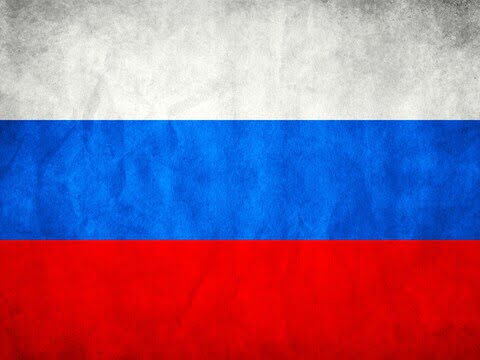Bondar NI. Kalendarnye prazdniki i obriady kubanskogo kazachestva = Calendar holidays and rituals of the Kuban Cossacks. Krasnodar: Traditsiia Publ.; 2011. (In Russ.). EDN: QPWNVR
Bondar NI. Traditsionnaia kul'tura kubanskogo kazachestva = Traditional culture of the Kuban Cossacks Krasnodar: Kuban Cossack Choir Publ.; 1999. (In Russ.).
Avramenko AM, Baranov AV, Boldyrev IuA, Eremeeva AN, Zaitsev AA. Istoriia Kubani XX vek = History of Kuban XX century. Shchetnev VE. (ed.) Krasnodar: Perspektivy obrazovaniia Publ.; 1998. (In Russ.).
Maltseva LV. Kubanovedenie na urokakh izobrazitel'nogo iskusstva v obshcheobrazovatel'noi shkole = Kuban studies in fine arts lessons at secondary schools. Krasnodar: Traditsiia Publ.; 2010. 174 p. (In Russ.). EDN: QXUSUH
Belaia TV, Kosiuga AI, Maltseva OI, Maltseva LV, Morozkina EA, Prokopova AS, Turygina EM, Filippov AE, Shitova ES. Metodika obucheniia dekorativno-prikladnomu iskusstvu = Methods of teaching decorative and applied art. Krasnodar: Kuban State Univ Publ.; 2021. 153 p. (In Russ.).
Maltseva L, Belaya T. Methods of education of fine arts and crafts. Raleigh: Lulu Press; 2015. 159 p.
Maltseva LV. Obuchenie osnovam izobrazitel'noi gramoty = Teaching the basics of visual literacy. Raleigh: Open Science Publishing; 2017. 209 p. (In Russ.). EDN: ZFYCOT
Kasianov VV, Korotkii NS. (eds.) Istoriia Kubani = History of Kuban. Krasnodar: Kuban State Univ Publ.; 2005. 336 p. (In Russ.).
Shorokhov EV. Metodika prepodavaniia kompozitsii na urokakh izobrazitel'nogo iskusstva v shkole = Methods of teaching composition at fine arts lessons at school. 2nd ed. Moscow: Prosveshchenie Publ.; 1977. 112 p. (In Russ.).
Maltseva LV. Teaching visual arts based on the cultural heritage of Kuban: from theory to practice. Science and Practice in Education: Electronic Scientific Journal. 2025;6(3):140-146. (In Russ.). https://doi.org/10.54158/27132838_2025_6_3_140 EDN: ZUHQJF














